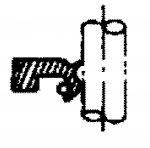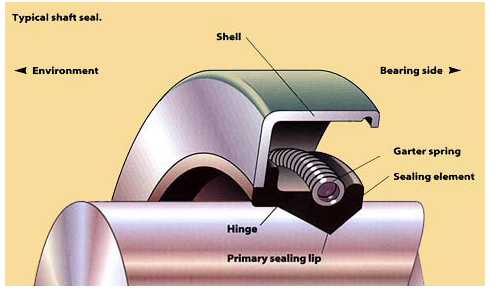Hi,
I've seen this symbol in several manuals and parts catalogues by several manufacturers also. Searching it on Google couldn't recognise the image.
It's used where there is an oil/water seal and I presume it identifies the orientation of the seal. However, what identifies what in the attached example?
I've seen this symbol in several manuals and parts catalogues by several manufacturers also. Searching it on Google couldn't recognise the image.
It's used where there is an oil/water seal and I presume it identifies the orientation of the seal. However, what identifies what in the attached example?

























